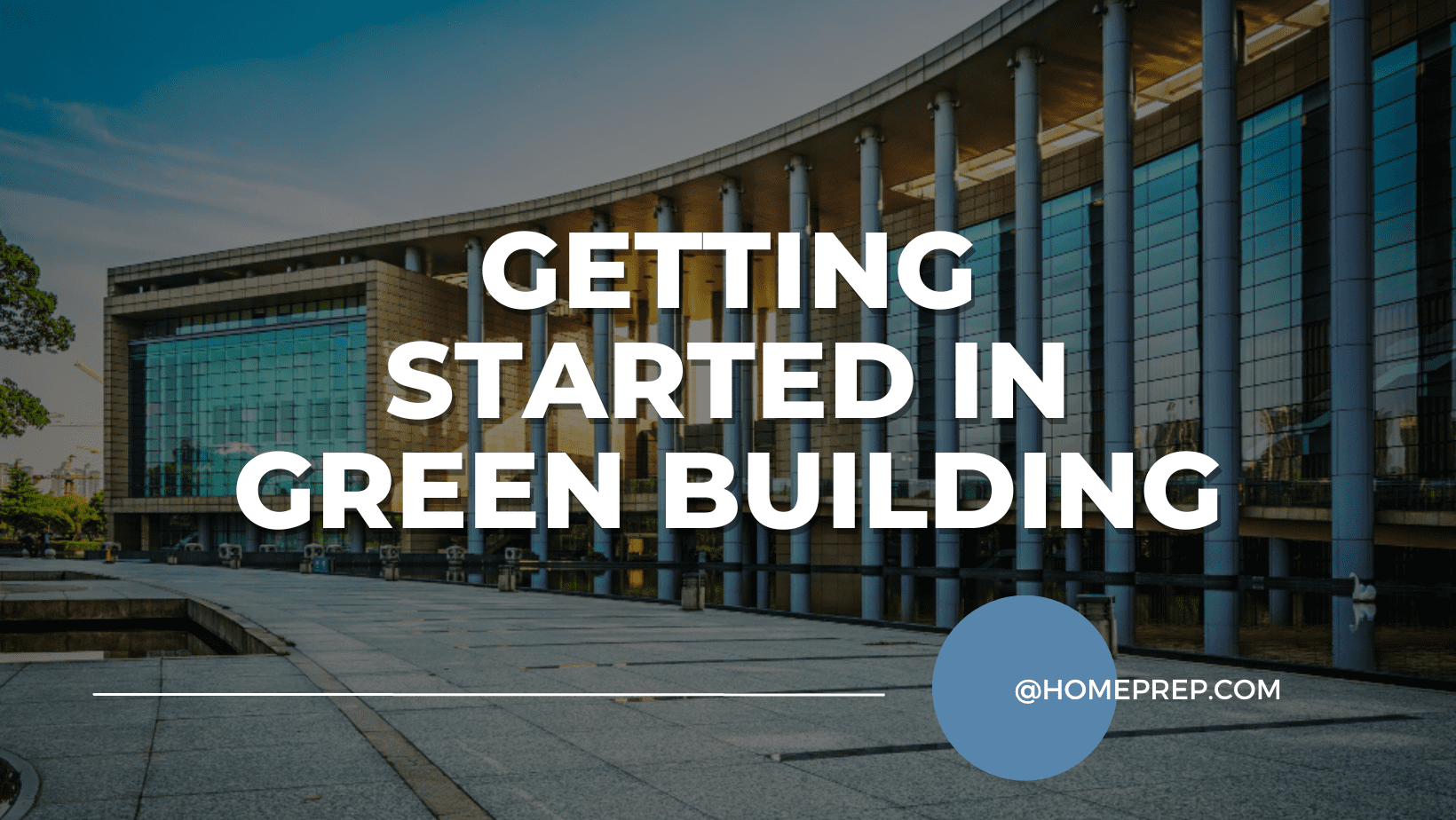Green Building: The Sustainable Revolution
Green building, often referred to as sustainable building or eco-friendly building, represents a transformative shift in the construction industry. It prioritizes environmentally responsible practices that not only reduce the environmental impact of construction but also promote the well-being of occupants. Here are some of the key aspects of green building:- Energy Efficiency: Green buildings are designed to minimize energy consumption. This includes the use of energy-efficient appliances, proper insulation, and sustainable heating and cooling systems.
- Sustainable Materials: Green buildings use materials that are eco-friendly, such as recycled, reclaimed, or rapidly renewable resources. This helps reduce the environmental impact of construction.
- Water Conservation: Sustainable buildings implement water-saving technologies, such as low-flow faucets and toilets, rainwater harvesting systems, and drought-resistant landscaping.
- Indoor Air Quality: Green construction prioritizes indoor air quality, which significantly impacts the health and well-being of occupants. This includes proper ventilation, low-VOC (volatile organic compound) materials, and air purification systems.
- Waste Reduction: Green construction practices aim to minimize waste generation during the building process. This involves recycling and repurposing materials whenever possible.
- Sustainable Design: The design of green buildings takes into account the local environment, aiming to harmonize with nature and reduce the impact on ecosystems.
The Significance of LEED Certification
LEED, developed by the U.S. Green Building Council (USGBC), is one of the most recognized green building certification programs globally. It provides a framework for designing, constructing, operating, and maintaining green buildings. Achieving LEED certification signifies a commitment to sustainability and environmental responsibility. Let’s explore the reasons why LEED certification matters:- Credibility: Being LEED-certified demonstrates a commitment to green building practices and responsible environmental stewardship, boosting your professional credibility.
- Marketability: Green buildings are in demand. LEED-certified buildings often command higher property values, making them more attractive to potential buyers and tenants.
- Environmental Impact: LEED-certified buildings contribute to a reduced carbon footprint, conserve resources, and promote healthier indoor environments.
- Cost Savings: Green buildings typically have lower operating costs due to improved energy and water efficiency.
- Regulatory Compliance: LEED certification ensures compliance with environmental regulations and encourages sustainable building practices.



